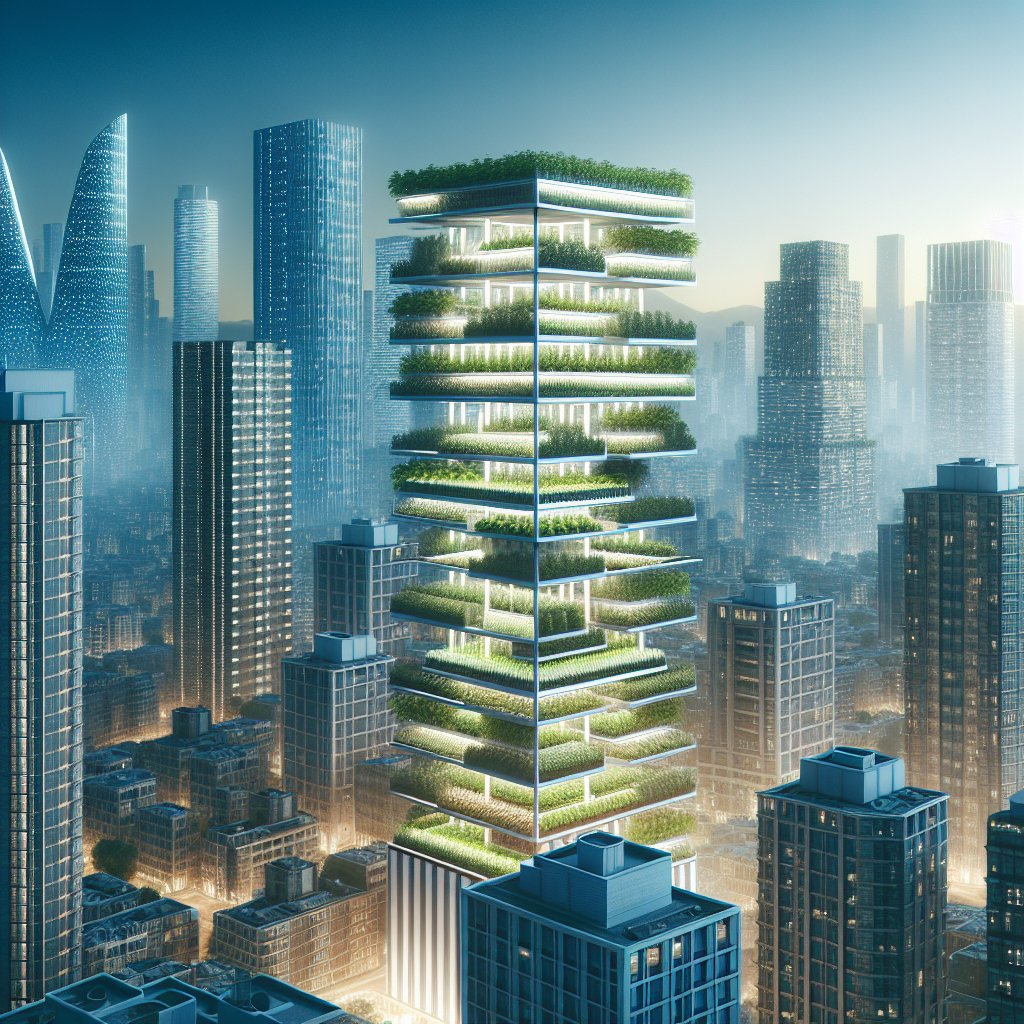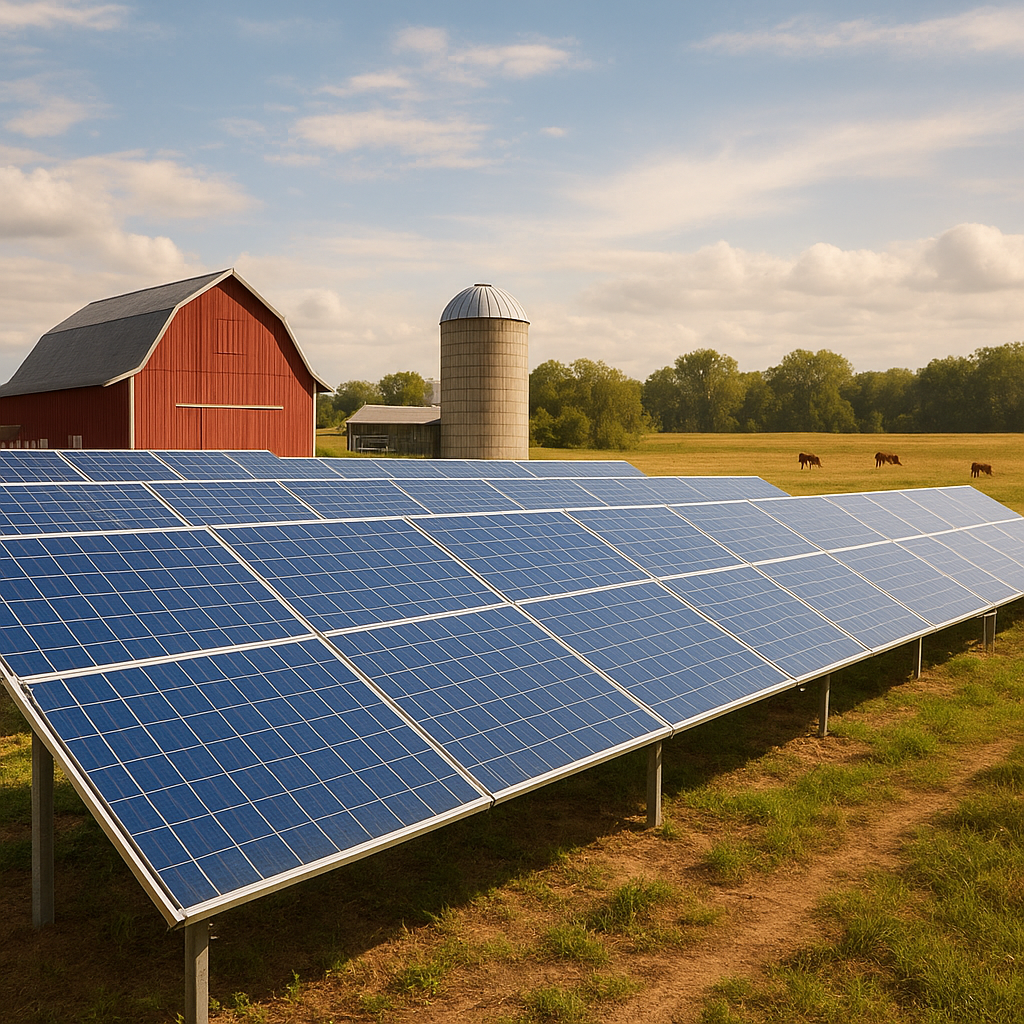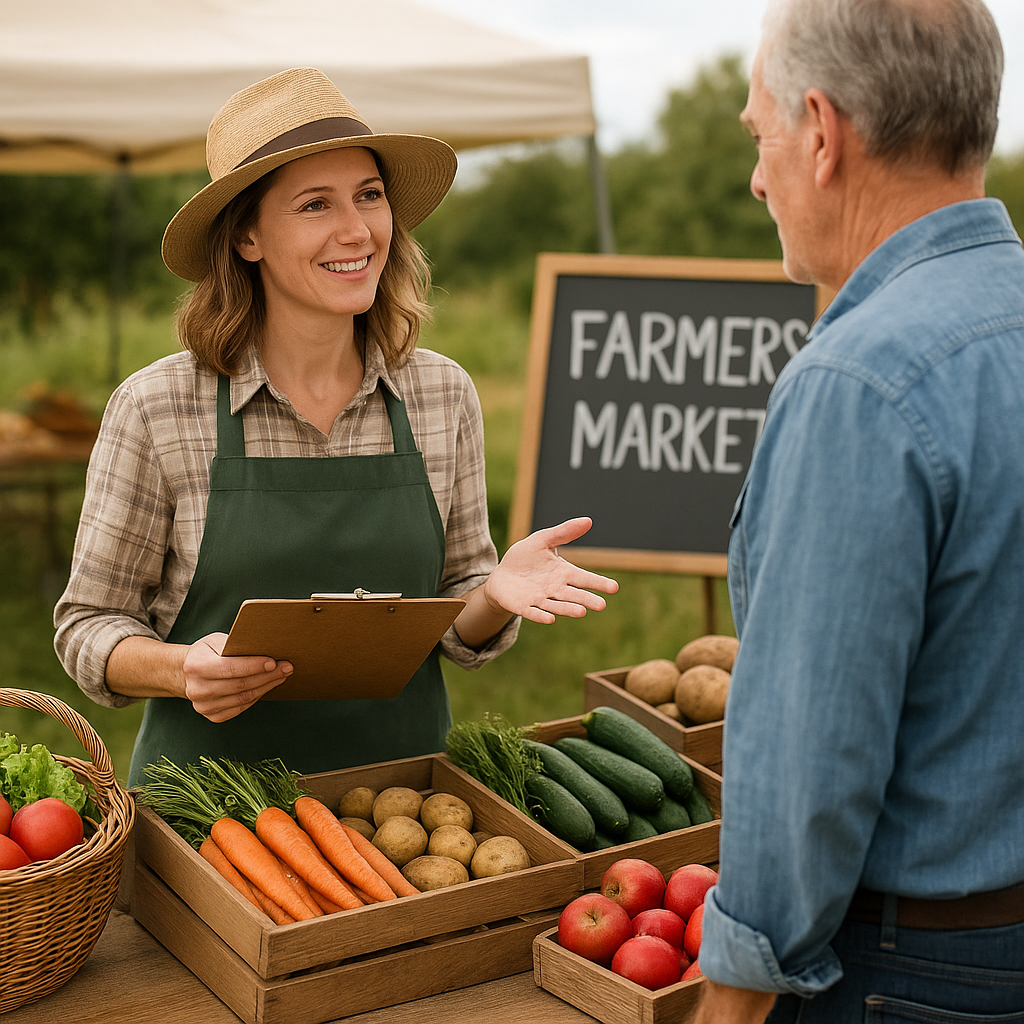Vertical farming represents a revolutionary approach to agriculture, particularly in urban environments where space is at a premium. This innovative method of growing crops in vertically stacked layers or integrated into other structures offers a sustainable solution to food production challenges faced by densely populated cities. As urbanization continues to rise, the need for efficient and sustainable food sources becomes increasingly critical. This article explores the concept of vertical farming, its benefits, challenges, and its potential to transform urban agriculture.
Understanding Vertical Farming
Vertical farming is defined as the practice of cultivating crops in vertically inclined surfaces, often utilizing controlled-environment agriculture (CEA) technology. This method can be implemented in various settings, including warehouses, shipping containers, and even skyscrapers. By maximizing the use of vertical space, vertical farms can produce a significant amount of food in a relatively small footprint.
Key Components of Vertical Farming
Several key components make vertical farming a viable solution for urban agriculture:
- Hydroponics and Aeroponics: These soilless farming techniques allow plants to grow in nutrient-rich water or mist, reducing the need for land and water compared to traditional farming methods.
- LED Lighting: Energy-efficient LED lights provide the necessary spectrum for plant growth, enabling year-round cultivation regardless of external weather conditions.
- Climate Control Systems: Advanced technology regulates temperature, humidity, and CO2 levels, creating optimal growing conditions for crops.
- Automation and Robotics: Automated systems can manage planting, harvesting, and monitoring, increasing efficiency and reducing labor costs.
Benefits of Vertical Farming
The advantages of vertical farming extend beyond mere space-saving. Here are some of the most significant benefits:
1. Space Efficiency
Vertical farms can produce a high yield of crops in a limited area. By stacking layers of crops, these farms can utilize urban spaces that would otherwise be unproductive, such as rooftops and abandoned buildings. This efficient use of space is crucial in cities where land is scarce and expensive.
2. Reduced Transportation Costs
By growing food closer to urban centers, vertical farming minimizes the distance food must travel from farm to table. This reduction in transportation not only lowers costs but also decreases carbon emissions associated with food transport, contributing to a more sustainable food system.
3. Water Conservation
Vertical farming systems often use significantly less water than traditional farming methods. Hydroponic and aeroponic systems recirculate water, reducing waste and allowing for precise control over water usage. This is particularly important in urban areas where water scarcity can be a pressing issue.
4. Year-Round Production
With controlled environments, vertical farms can produce crops year-round, independent of seasonal changes. This consistent production helps stabilize food supply and prices, ensuring that urban populations have access to fresh produce throughout the year.
5. Reduced Pesticide Use
Vertical farms typically operate in controlled environments that limit exposure to pests and diseases. As a result, there is often a reduced need for chemical pesticides, leading to healthier food options and less environmental impact.
Challenges Facing Vertical Farming
1. High Initial Investment
Setting up a vertical farm requires significant capital investment in technology, infrastructure, and equipment. The costs associated with advanced lighting, climate control systems, and automation can be prohibitive for many entrepreneurs and investors.
2. Energy Consumption
While vertical farms can be energy-efficient in some aspects, the reliance on artificial lighting and climate control can lead to high energy consumption. Finding sustainable energy sources and improving energy efficiency are critical for the long-term viability of vertical farming.
3. Limited Crop Variety
Currently, vertical farming is best suited for certain types of crops, particularly leafy greens and herbs. Expanding the range of crops that can be successfully grown in vertical farms remains a challenge, as many staple crops require more space and different growing conditions.
4. Technical Expertise
Operating a vertical farm requires specialized knowledge in areas such as plant biology, engineering, and technology. The need for skilled labor can be a barrier to entry for many potential vertical farming ventures.




